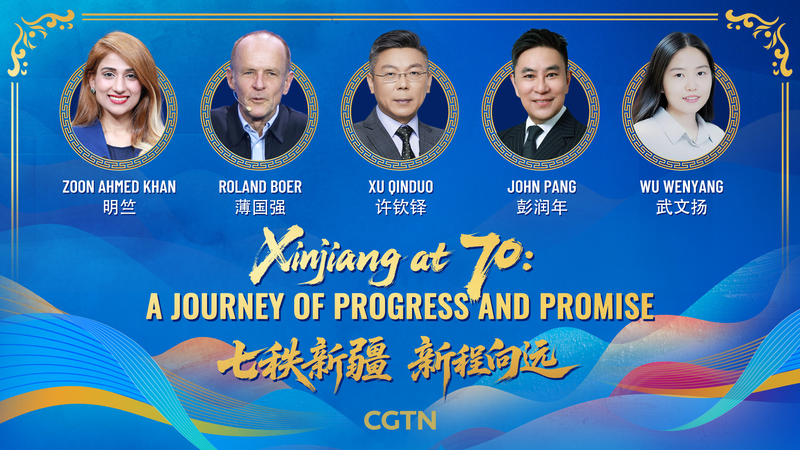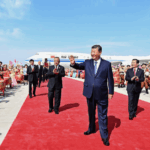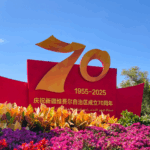Seventy years after its establishment as an autonomous region, Xinjiang has emerged from its historical role as a remote Silk Road outpost to become a dynamic crossroads of culture, commerce, and connectivity. The Xinjiang Uygur Autonomous Region's anniversary offers a moment to reflect on its transformation into a modern society where over 25 million residents from multiple ethnic groups coexist.
From Barren Land to Economic Hub
Once characterized by limited infrastructure and economic isolation, Xinjiang has seen its GDP grow 160-fold since 1955, according to regional data. The Belt and Road Initiative accelerated development, with $23 billion invested in transport networks since 2014. 'My grandfather traveled by camel caravan; today I export dried fruits worldwide via high-speed rail,' shared Abdurehim Yusup, a third-generation Kashgar merchant.
Cultural Preservation Meets Modernization
Regional authorities report 93% Uygur language literacy rates, with bilingual education programs in 7,800 schools. Annual tourism has surged to 250 million visitors, drawn by both ancient sites like the Id Kah Mosque and modern marvels like Urumqi's智能 manufacturing parks. Challenges remain in balancing growth with ecological protection, particularly in water management for the arid region.
Future Horizons
With 138,000 new businesses registered in 2023 alone, Xinjiang is positioning itself as a renewable energy leader – its wind and solar capacity now powers 40% of regional consumption. As cross-continental rail traffic increases 18% year-on-year, analysts predict Xinjiang could handle 30% of China-EU trade by 2030. 'This is just the beginning,' noted Central Asian affairs scholar Dr. Gulnara Samat. 'Xinjiang's geographic and cultural capital makes it indispensable to Eurasia's next chapter.'
Reference(s):
cgtn.com








